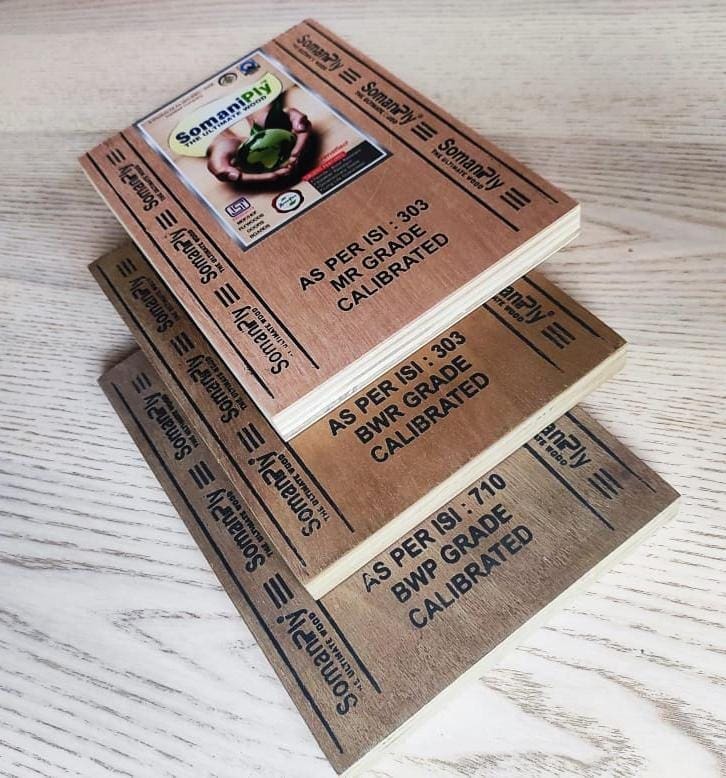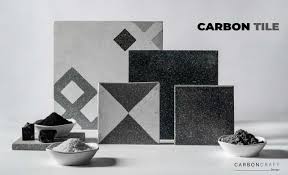LCA and EPD Development for GDPA Fasteners

Sruthin Vijay
- Published on March 25, 2025
GDPA Fasteners, part of the GDPA Group, is a privately owned enterprise with a legacy spanning four generations in manufacturing and distribution. They are a leading manufacturer and exporter of industrial fasteners, including a wide range of screws, nuts, and accessories. Operating from their manufacturing units in Jalandhar, Punjab, they serve a global clientele across various sectors like construction, agriculture, and other industries. Monk Spaces conducted a Life Cycle Assessment (LCA) and developed an Environmental Product Declaration (EPD) for GDPA Fasteners.
The assessment analyzed the environmental impacts associated with manufacturing multiple product variants at their manufacturing unit. Along with these products, an average of all the products was also estimated in the LCA study. This averaged estimation was used for the EPD to represent the impact of all product variants manufactured by GDPA Fasteners. This approach ensures that the EPD comprehensively reflects the impact of all fasteners manufactured by GDPA Fasteners.
The assessment began by identifying the relevant product category rules (PCR) from the International EPD System. The study followed the guidelines of PCR 2019:14 – Construction Products – Version 1.3.4. The system boundary modules (life cycle stages) included cradle-to-gate (A1-A3), transport to customer/site (A4), End-of-life (C1-C4) and benefits beyond the life cycle (D). These stages align with the mandatory requirements of the identified PCR and manufacturer specifications. The PCR also specified the environmental impact indicators to be declared, including Global Warming Potential (GWP), Water Deprivation Potential (WDP), and others. This ensures a detailed evaluation of GDPA Fasteners’ environmental performance.
The primary data was collected directly from the GDPA team. Data sheets were developed to capture more detailed information about raw materials and ancillary materials, following the PCR requirements. The data for transportation, electricity usage, water consumption, waste generation, and packaging of the products were assessed as well. A site visit was also conducted at the manufacturing unit to gain a comprehensive understanding of the manufacturing processes. The necessary environmental background data for the study was utilized from the Ecoinvent database. The collected data was then used to calculate the environmental impacts per kilogram of the product.
A significant portion of GDPA Fasteners’ products are exported globally. The transportation in the A4 stage involves a combination of road, rail, and maritime transport. To ensure an accurate representation of maritime transport emissions, a weighted average of the sea route distances was estimated. This approach provided a more precise calculation of the environmental footprint involved in the A4 stage.
The assessment evaluated the GWP-Total across all life cycle stages for each product and the average of all products. This analysis determined the contribution of each life cycle stage, highlighting the key emission stages. These insights enabled GDPA Fasteners to recognize areas for emission reduction and sustainable process optimization. A detailed comparative analysis was also conducted to benchmark GDPA Fasteners’ environmental performance against similar manufacturers.
The E,PD developed from the LCA study for GDPA Fasteners, serves as a transparent declaration of their products’ environmental impacts. It aligns with international sustainability standards and helps in meeting regulatory requirements. The EPD enhances GDPA Fasteners’ market position. This initiative strengthens their commitment to sustainable manufacturing. It also facilitates their expansion into environmentally conscious global markets. The verified EPD, registered under EPD number [EPD-IES-0020175], can be accessed here.













